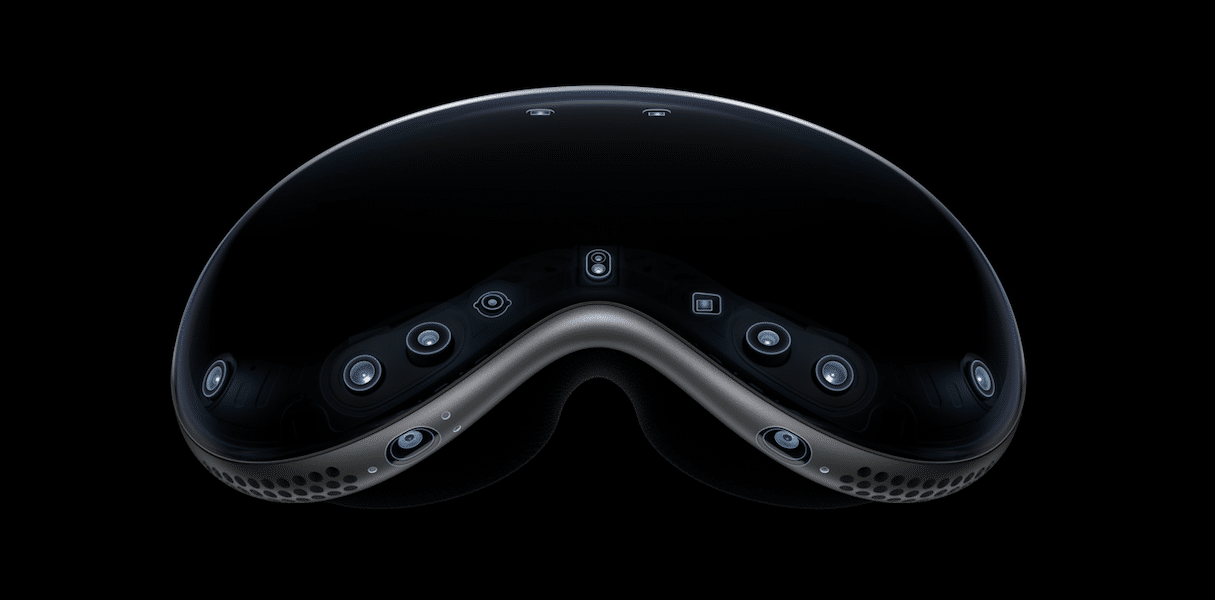Apple’s Vision Pro, a pioneering mixed-reality headset, generated a wave of excitement upon its debut. However, recent reports suggest a concerning decline in consumer interest.

Since its February 2024 U.S. launch, the initial buzz surrounding the Vision Pro has noticeably cooled, according to Bloomberg’s Mark Gurman. Demand for demos has fallen, with fewer people booking appointments, and sales figures have dipped significantly. Apple has even been forced to intensify online marketing efforts to keep the device in the public eye.
Demand for demos is way down. People who do book appointments often don’t show up, and sales — at least at some locations — have gone from a couple of units a day to just a handful in a whole week. Apple also has had to step up the marketing on its online homepage. There’s a huge promo for the Vision Pro at the top of the website — the most aggressive pitch since the device went on sale in early February.
A big question is whether current Vision Pro owners have stopped using the headset regularly — a problem that plagued previous virtual reality systems.
One significant barrier to consistent use appears to be the Vision Pro’s cumbersome setup and interface. Gurman highlights the inconvenience of attaching batteries, booting up the device, and navigating its complex interface. These steps make traditional laptops and smartphones more appealing for everyday tasks.
Another hurdle the Vision Pro faces is the lack of a “killer app” or truly captivating content. Gurman suggests the device feels better suited for solitary activities rather than fostering social interaction. Furthermore, many of Apple’s own apps haven’t been optimized for the Vision Pro’s operating system, limiting its functionality.
These days, with the initial buzz wearing off, it seems clear that the Vision Pro is too cumbersome to use on a daily basis. Going through the process of attaching the battery, booting it up and navigating the interface often doesn’t feel worth it. And a killer app hasn’t emerged that would compel me to pick it up. It’s far easier to just use my laptop as a laptop and watch video on either my computer or big-screen TV.
While Apple has attempted to improve the user experience with updates like Spatial Personas, the Vision Pro remains in its early stages. The absence of third-party apps further restricts its appeal and functionality. Developers are yet to offer their creations for the platform, hindering the device’s potential.
Perhaps the most substantial factor impacting Vision Pro adoption is its price tag. At a staggering $3,500, the Vision Pro dwarfs competitors like the Meta Quest 3, priced at a much more accessible $499. This significant price barrier limits its reach to the average consumer.
Despite these challenges, Apple isn’t throwing in the towel. The company is already developing a more affordable version of the Vision Pro, slated for release in 2025. Additionally, it plans to expand the current version’s availability to more countries later this year.
The declining interest in the Apple Vision Pro highlights the challenges facing the entire AR/VR industry. While the device boasts cutting-edge technology, its high price, usability issues, and lack of compelling content have hindered widespread adoption. However, with continued development, improved user experience, and a more competitive price point, the Vision Pro could eventually become a mainstream device, potentially redefining how we interact with technology in the future.